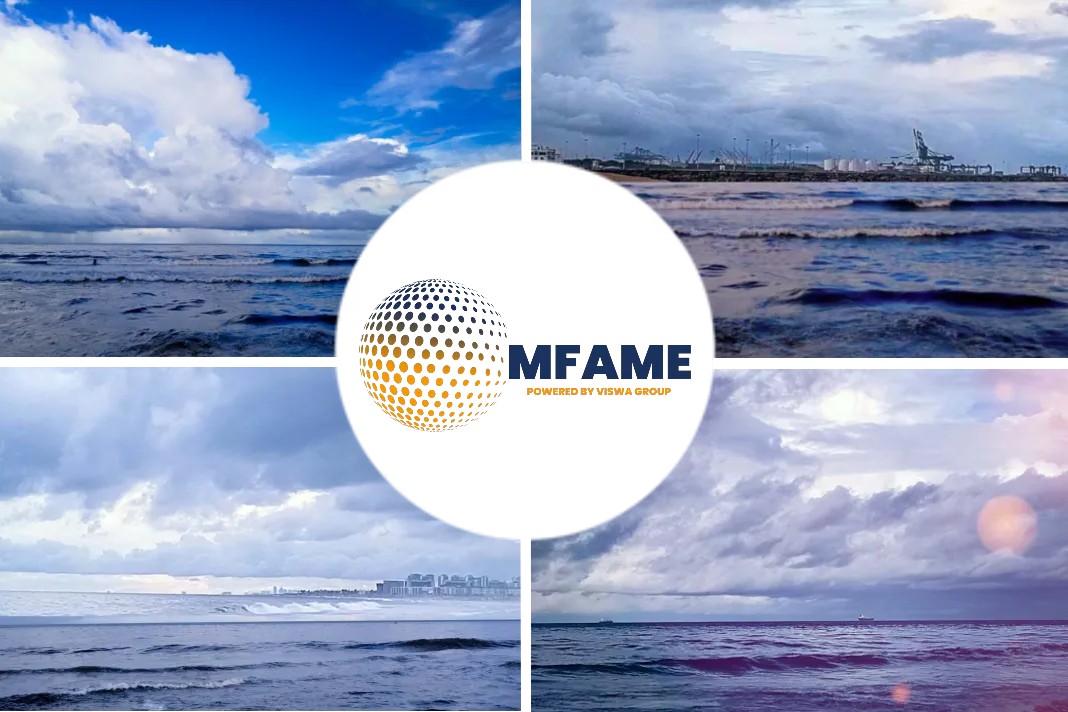According to an article published in Shipping Insight, two separate and unconnected events took place might have a disconcerting message for ship operators who may have far more on their mind than preparing for a future that is still shrouded in fog.
First Event
At an ICS webinar, Graham Westgarth the chairman of V Ships tried to layout a route for shipping to navigate towards the IMO’s decarbonisation targets. Westgarth voiced what many in shipping have always thought but which few were prepared to articulate and that is that the IMO – and many might add regulators elsewhere – is essentially “a technical body that lacks commercial understanding and expertise”.
IMO’s Main Virtue
Westgarth also spoke about the neutrality of the IMO saying he felt a level playing field was essential. That is possibly its main virtue but not one that bodies such as the EU see as such. Although it does not actually have a voting seat at the IMO table while its member states do, the EU seems remarkably good at pushing the IMO into making premature decisions.
Decarbonisation in Shipping
That is where shipping is right now with the push for decarbonisation coming primarily from the EU. Generally, shipping is trying to get a grip on the possibilities but almost all the technologies needed to move forward are several years into the future. Even those that could be a transitionary step such as LNG seem to be coming under fire from many different directions.
Westgarth believes defining a decarbonisation path is essential and also shipping needs to engage with the IMO and other regulators to ensure things are done in the right order otherwise it will be in the same position as it has so often been. “We’ve time and time again where the regulation and the technology available do not match and then that leads to a massive waste of capital,” he said.
Improvements to match
“We need to match the technology with the regulation, market based measurements and improvements in financial instruments and it’s very complicated. This will require the shipping industry to be much more open and engage in a way that it has never done before” said Westgarth.
Issues and Support
The issue of market-based measures has come up several times in shipping and so far the industry has rejected the concept apart perhaps from the initiative by some shipping bodies for a technology fund that would come under the auspices of the IMO.
There is some public support for this idea but notably that has come from those owners that will benefit most. New technology is mostly suited to newbuildings and it is the big owners that are in that market. For the smaller players, vessels come as the hand downs from the bigger players and therefore it will be ten to fifteen years of paying in and getting nothing out as far as they are concerned.
Emission Trading Schemes
That initiative aside it is emission trading schemes that the EU and some other governments favour. These are not really about finding the answers to carbon emissions but a cash cow for those that run the schemes. It is clear that the EU is determined that shipping will become part of its scheme and with the departure of President Trump it is very likely that the US will also look favourably at pricing emissions.
Until recently, the schemes that were in place had such a low price for each tonne of carbon that the cost would probably have been unnoticed and lost among normal market fluctuations for fuels. But that may well be changing.
Second Event
The second event was a webinar hosted by the Bank of England on climate change. Sarah Breeden, who leads the bank’s work stream on climate-related risks, said the cost of pollution allowances will need to rise significantly in order to achieve targets in the Paris Agreement to limit global warming to below 2 degrees Celsius. Prices may even exceed $100 if the transition to a low carbon economy is abrupt, or bumpy, she said. She urged businesses to start investigating their exposure to climate risk, even if they don’t yet have all the data. “Don’t let imperfection be an excuse for inaction,” she said.
Breeden probably did not have shipping in mind when she said that companies should begin pricing carbon emissions into business risks, but it is probably the industry that will be hit the hardest. It is also one where the risks can be quite easily calculated.
Carbon Emissions Running Costs
Every tonne of fuel oil burned produces three to thee and a half tonnes of CO2. At $100 per tonne that equates to $300 to $350 for every tonne of bunkers consumed. For a ship burning 30 tonnes of fuel per day that is an extra $9,750 to add to daily running costs. Assuming 270 days at sea and that is $2.6million added to the owner’s costs for every vessel in the fleet. At today’s prices for IFO 380 it represents a near doubling of the bunker costs.
It must be debatable whether shipping could afford to absorb the cost of emission trading on top of a technology levy and also the as yet unknown extra costs that may arise as a consequence of the EEXI and CII that the IMO will be discussing later this year.
Did you subscribe to our newsletter?
It’s free! Click here to subscribe !
Source : Shipping Insight



























